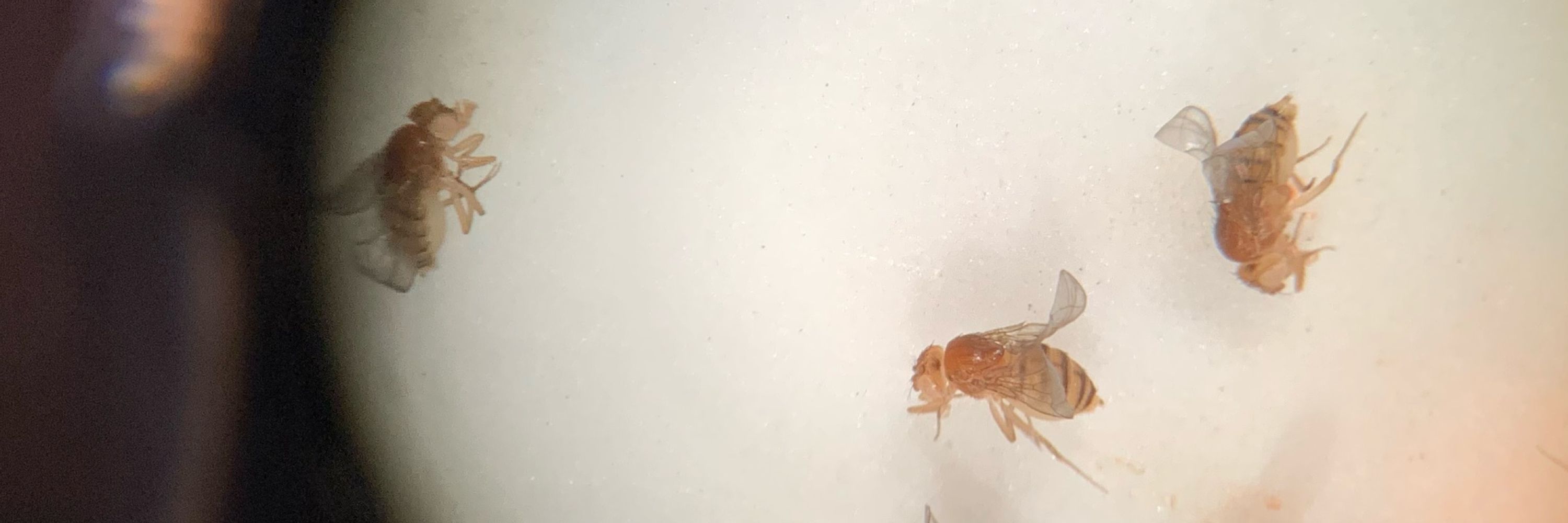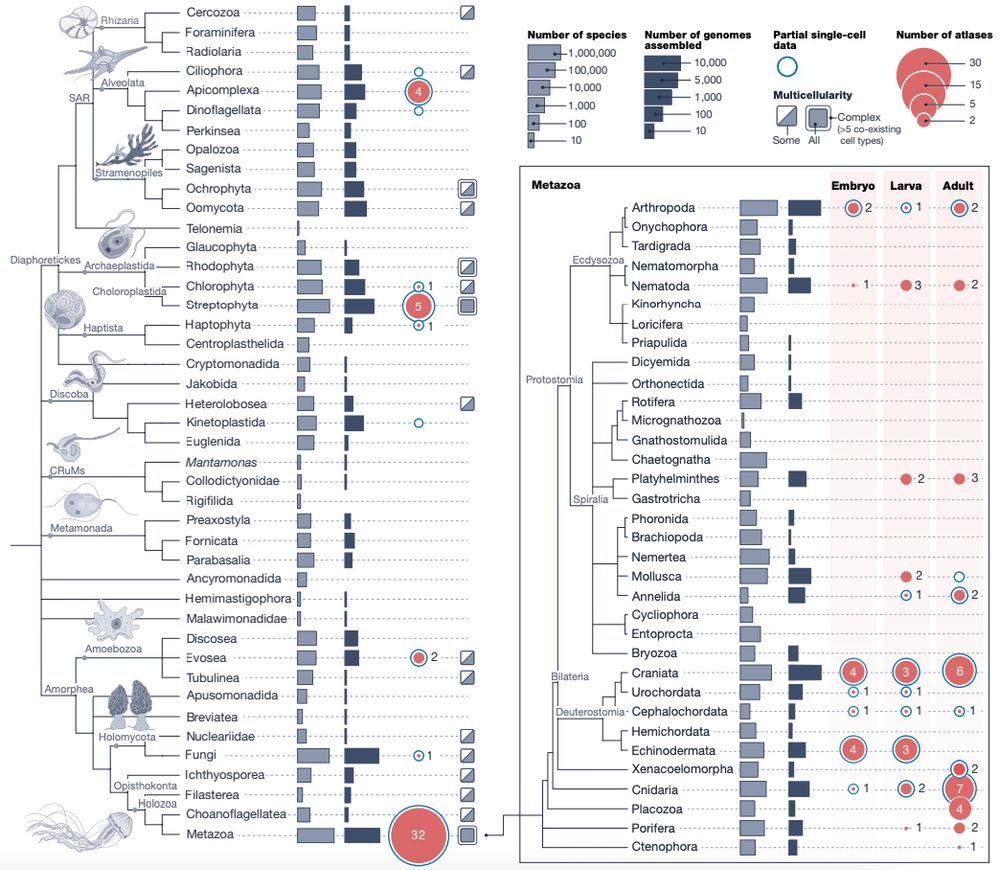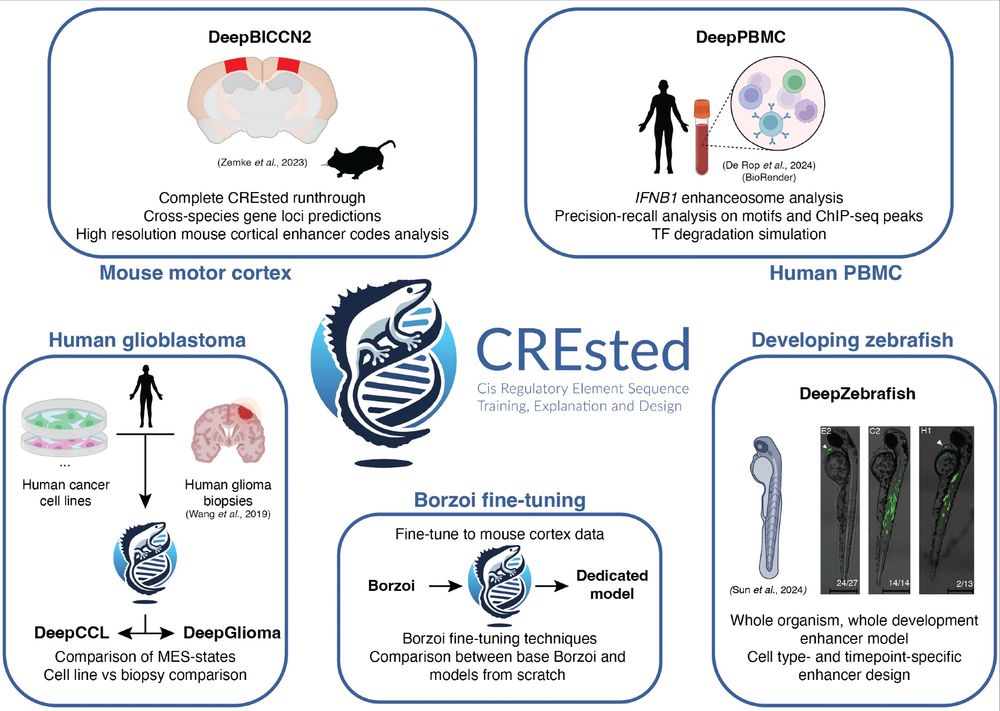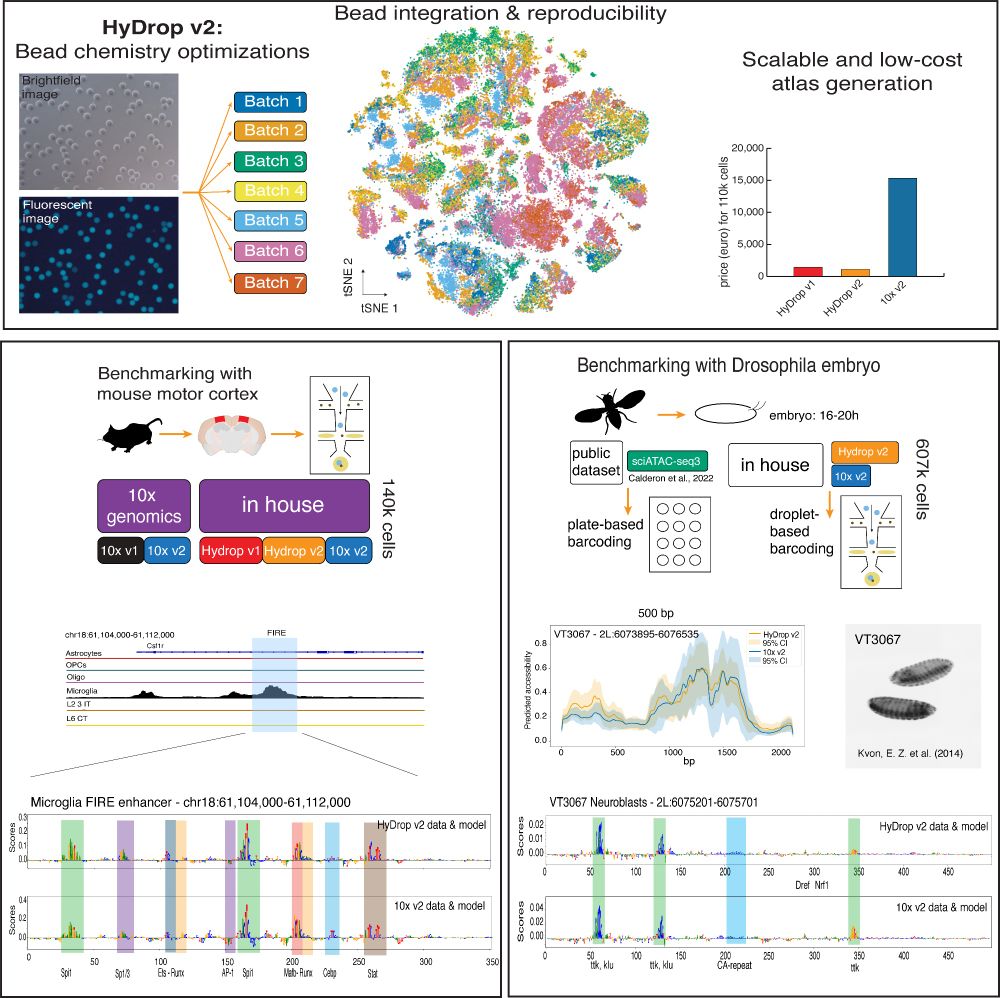Hannah Dickmänken
@hannahdckmnkn.bsky.social
87 followers
96 following
13 posts
My favorite ice cream flavors are science & feminism. PhD candidate at VIB.AI in Stein Aerts lab 🪰 - she/her
Posts
Media
Videos
Starter Packs
Reposted by Hannah Dickmänken
Reposted by Hannah Dickmänken
FlyBase
@flybase.bsky.social
· 22d

Trump's Harvard cuts threaten a giant in biomedical research: A database about the tiny fruit fly
This spring, the Trump administration rescinded a grant that maintained FlyBase, a pillar of global basic research, as part of its broader $2.2 billion funding cuts at Harvard.
www.nbcnews.com
Reposted by Hannah Dickmänken
Reposted by Hannah Dickmänken
Stein Aerts
@steinaerts.bsky.social
· Apr 4

CREsted: modeling genomic and synthetic cell type-specific enhancers across tissues and species
Sequence-based deep learning models have become the state of the art for the analysis of the genomic regulatory code. Particularly for transcriptional enhancers, deep learning models excel at decipher...
www.biorxiv.org




